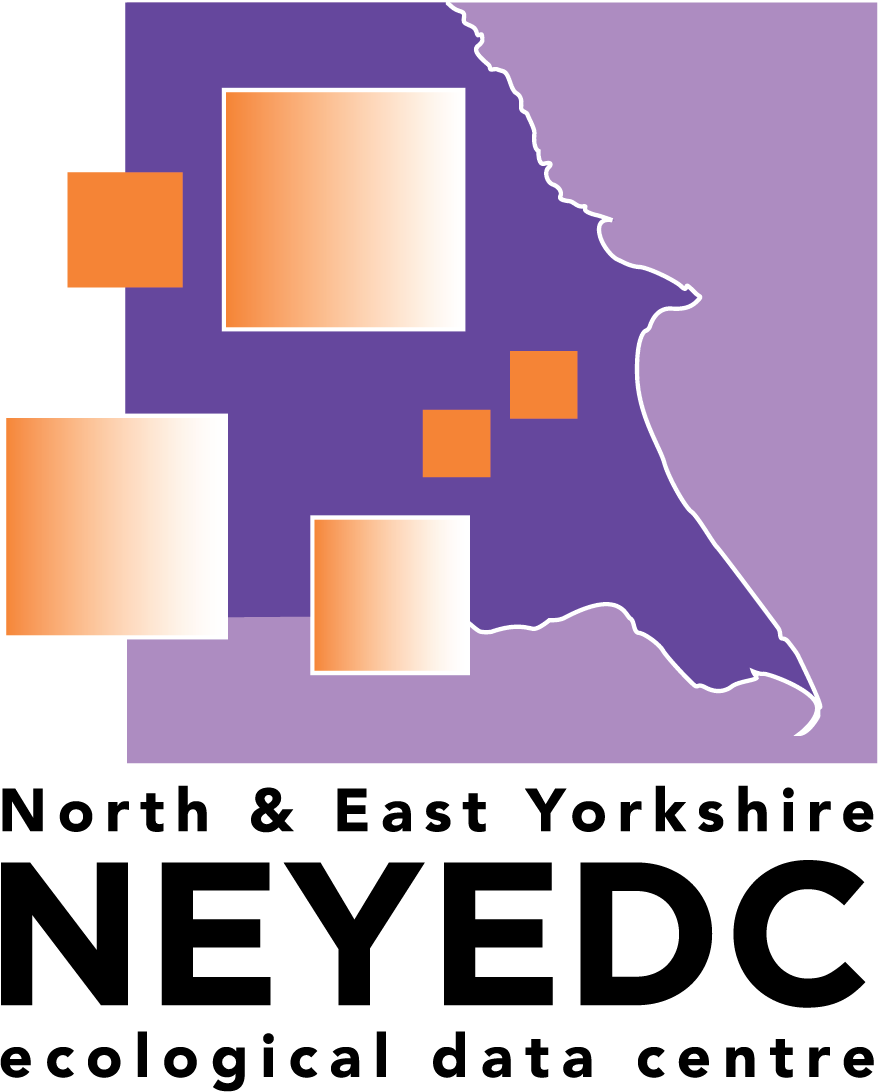#76 Parrot Waxcap by Dave Conniss
Meet Dave Conniss, amateur naturalist, photographer, and NEYEDC project volunteer!
Yorkshire born and bred, David spent most of his childhood in the local woods, only emerging to go to school every now and again. With subjects such as geography, geology and horticultural biology under his belt his interest in nature and the outdoors then got rudely interrupted by having to work for a living, leaving only weekends and the occasional holiday to spend his time roaming the mountains and countryside, camera in hand. As a keen photographer he always likes to learn a little bit about the things he is taking pictures of. Favourites include birds, moss, lichen, butterflies, orchids and now, fungi.
Parrot Waxcap
David’s chosen species is the Parrot Waxcap Gliophorus psittacinus which, if you catch it fresh, is a delightful shade of green. Parrot Waxcaps reward the early riser - first thing on the day they emerge they are at their greenest. As they are exposed to the elements they eventually transform to a sort of yellow colour, sometimes passing through every shade of the rainbow on the way. Sometimes you will have to search through longer grass to find them as they are mostly quite small, but under favourable conditions they’ll reach 3 or 4 centimetres in diameter and can occur in elusive clusters of just 2 or 3 or larger unmissable groups of several dozen. It is one of the easier waxcap species to identify, owing to its bold and vibrant colours, bell-shaped cap, and green tinge at the top of its stem, usually becoming more yellow further down.
Parrot Waxcap is part of the Gliophorus group of fungi, the ‘G’ in the acronym ‘CHEGD’, which comprises a wider group of important grassland fungi genera or groups. The genus gets its name from the Greek ‘glia-’, meaning glue, and the Latin ‘-phorus’ which means ‘bearing’ – together they refer accurately to the thick liquid that coats the caps, stems, and gills of this species and others in the same group. You can read more and see more images of Parrot Waxcap on iNaturalist or read more on NBN Atlas.
A Parrot Waxcap, showing the thick liquid that coats the cap.
Parrot Waxcap, and other waxcap species, favour improved, low-nutrient grasslands - a rare and threatened habitat in Yorkshire. These types of habitats are the product of traditional land management over centuries with little intervention from pesticides, herbicides, and run-off. Often these sites are unremarkable in terms of vegetation or plant assemblages, leading them to be overlooked, but the presence of waxcaps and other CHEGD fungi mark them as important sites. This was part of the motivation behind NEYEDC’s ‘Waxcaps: the hidden jewels in Yorkshire’s grasslands’ project, which began in 2022 and ends formally in 2024, which aimed to survey and map important fungi sites in Yorkshire at high resolution. This is also how Dave became acquainted with NEYEDC…
‘A few years ago, I was introduced to a bunch of slimy little green things growing in a friend’s field and it quickly mushroomed from there. I now spend my autumns scouring the grass for fungi, especially waxcaps and recording my findings on iNaturalist along with anything else that catches my attention. I was fortunate to be pointed in the direction of the NEYEDC and their Grassland Fungi Project by Steve Hindle (Natural England grassland specialist) and by attending their training sessions was able to learn more about the wider ecological impact of waxcaps and their habitats.’ As a former county orienteering champion and long-time explorer of remote mountainous areas, Dave’s map reading skills and ability to crash around in the undergrowth come in handy for locating rare and elusive plants and fungi in hard to access places!
The identification of specific grassland sites where fungi are present is essential to inform land management and conservation decisions, but existing biological records for grassland fungi are often not sufficient in detail to allow a record to be associated with a specific field or delineated area of grassland, which is why records of Parrot Waxcap and other associated species are so important. Contributions from those who spend time in the countryside, even if total beginners to fungi, help paint a bigger picture of where these species are growing and enable further research to be undertaken.
Recording and monitoring
NEYEDC would be interested to receive records of CHEGD fungi from across the North and East Yorkshire region, particularly records from known sites or sites that you could visit regularly. Records can also be submitted to iNaturalist.
Further information and acknowledgements
You can read more about NEYEDC’s waxcap project on our website: www.neyedc.org.uk/waxcaps. NEYEDC would like to thank Dave for his time and expertise in helping to create this blog.
Different views of the Parrot Waxcap.



